The construction project for a 40-meter-aperture movable high-precision multi-purpose radio telescope has kicked off in Shigatse city of the Tibet autonomous region on Friday, Tibet Daily reported.
Developed by the Shanghai Astronomical Observatory (SHAO) under the Chinese Academy of Sciences, the telescope project aims to provide support for the country's lunar and mars exploration as well as deep-space probe missions.
"After full completion, the project will help to improve the very-long-baseline interferometry (VLBI) network in China, proving strong support for the fourth phase of its lunar exploration and future deep-space exploration programs," Wu Yanhua, chief designer of the major project on deep space exploration, was quoted as saying by the Tibet Daily.
VLBI is a type of astronomical interferometry used in radio astronomy, as it can collect accurate data and increase its angular resolution during astronomical observation.
Currently, China's VLBI network is comprised of four observatories located in Beijing, Shanghai, Urumqi, Kunming and a VLBI data processing center under the Shanghai Astronomical Observatory. Making the resolution of a telescope composed of such a network equivalent to a giant comprehensive telescope with an aperture of over 3,000 kilometers.
Shen Zhiqiang, director of the SHAO, said another telescope project in northeastern China's Jilin province, together with this telescope project in Tibet's Shigatse, will effectively improve multi-targets tracking and observation needs.
"Shigatse is enriched with unique astronomical observation conditions and superior geographical location, the SHAO will make efforts to have more advanced observation equipment to land in Shigatse, to open up a new chapter for Shigatse's astronomical career," Shen said.
"We will continue to strengthen all-round cooperation with Shigatse in talent, science and technology, education, science popularization and other fields while serving for the national needs."








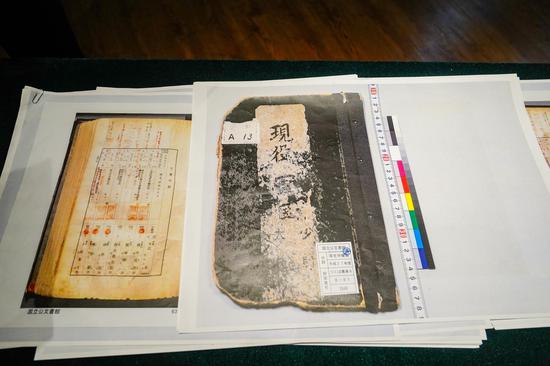



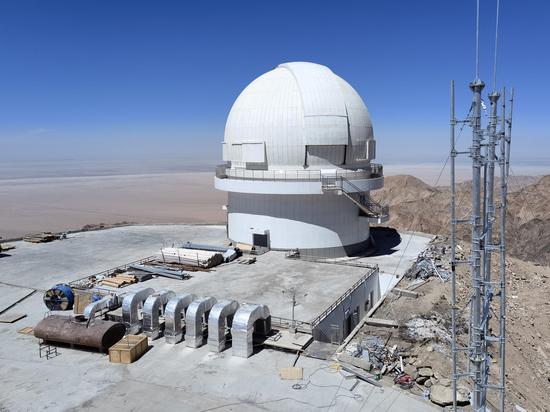








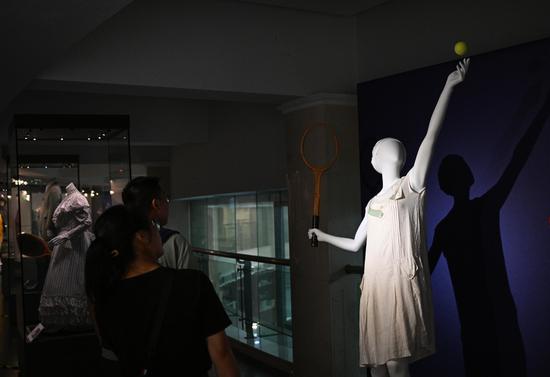


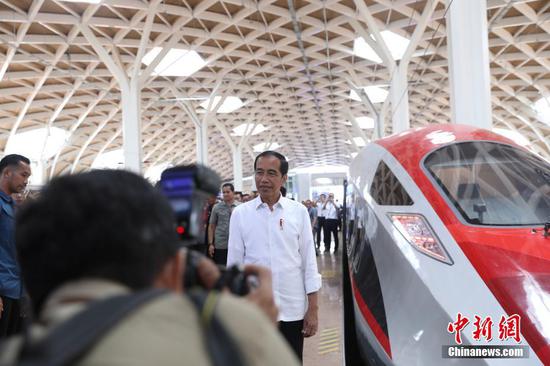























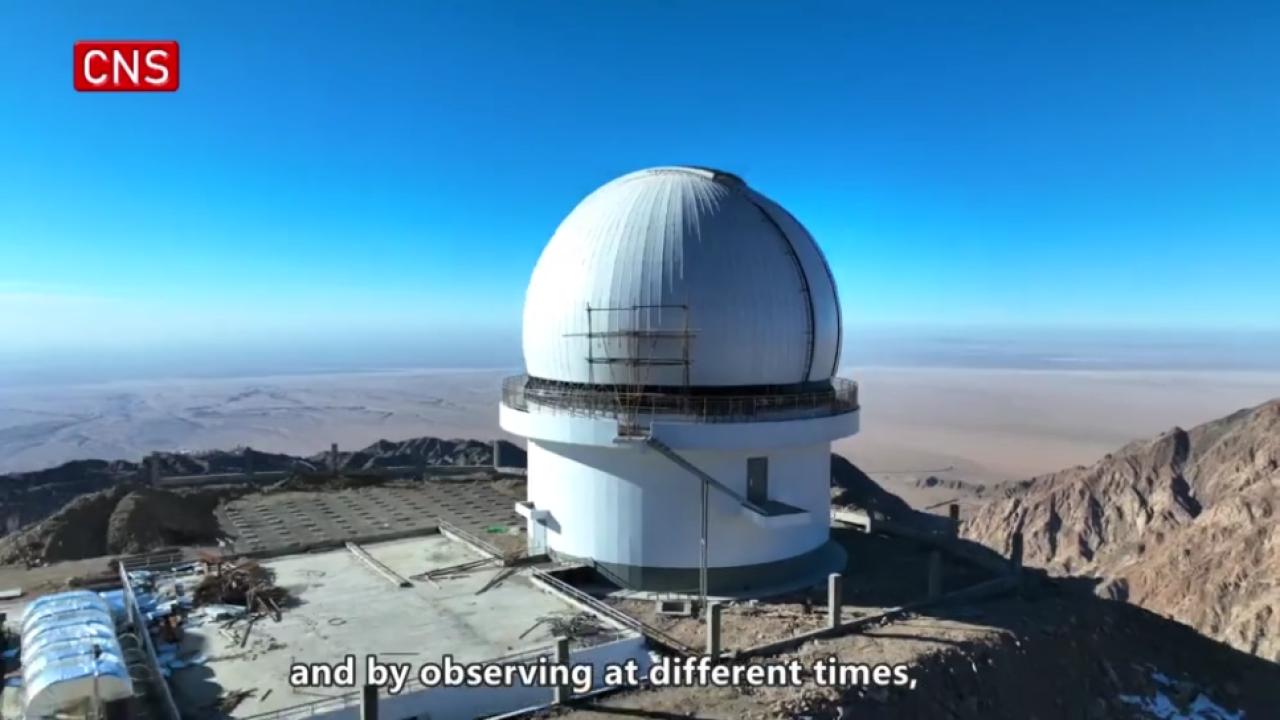

 京公网安备 11010202009201号
京公网安备 11010202009201号